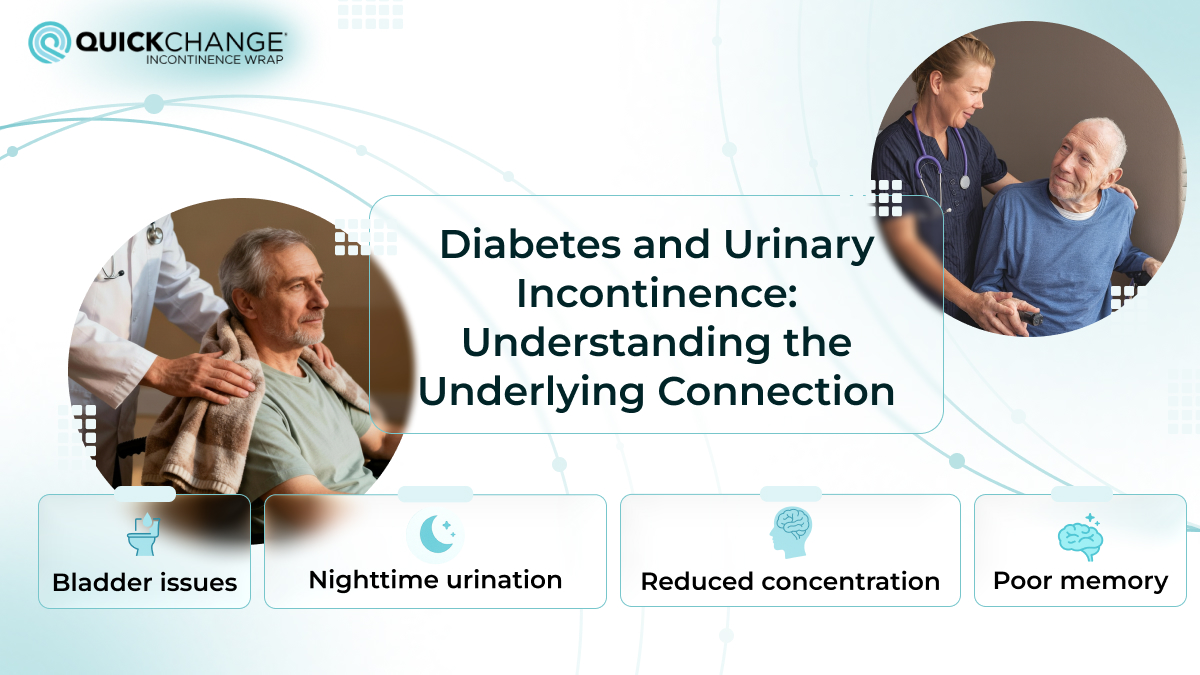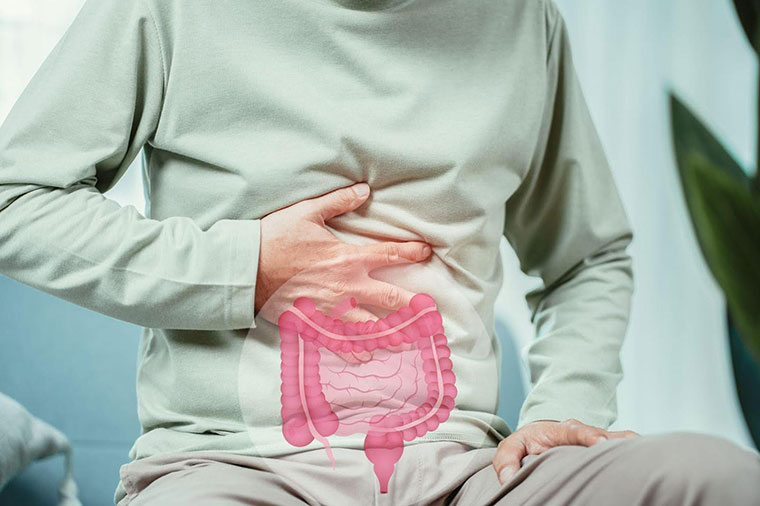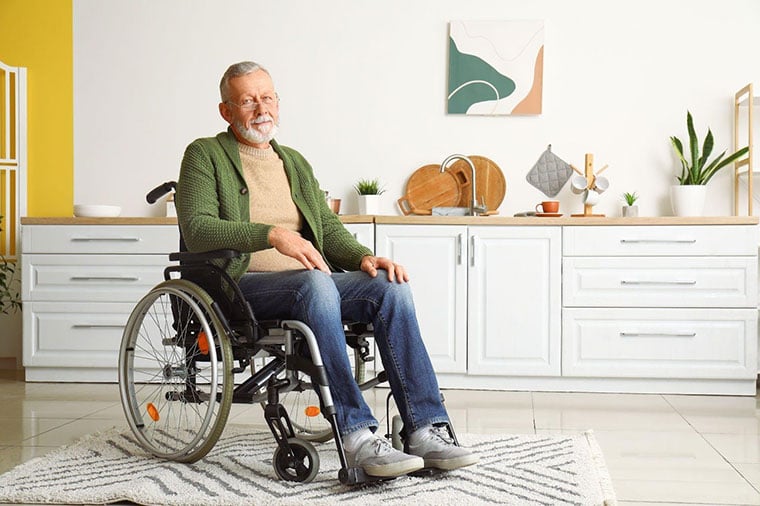DMV Handicap Placards Explained: Types, Requirements, and Application Process
Planning for people with limited mobility is necessary on every trip, and convenient parking places may make life easier in general. Quick access to assigned parking will also provide more secure entry and exit of vehicles, which makes daily operations easier and more convenient.









